The Long-Form Math Textbook Series (2 books)
Original price was: $92,95.$24,91Current price is: $24,91.
- 100% Satisfaction Guaranteed!
- Immediate Digital Delivery
- Download Risk-Free
✔ Digital file type(s): 2𝐏𝐃𝐅
Jay Cummings believes that learning math has become far too expensive, and is striving to write textbooks which are enjoyable to read, highlight the beauty in mathematics, and are significantly more affordable than the others on the market. This series of textbooks currently includes two published books, on real analysis and proofs.
Books in this series (2 books)
Proofs: A Long-Form Mathematics Textbook (The Long-Form Math Textbook Series) USD 19.99 ⭐⭐⭐⭐☆(821)
Real Analysis: A Long-Form Mathematics Textbook (The Long-Form Math Textbook Series) USD 19.99 ⭐⭐⭐⭐☆(699)
51 reviews for The Long-Form Math Textbook Series (2 books)
You must be logged in to post a review.

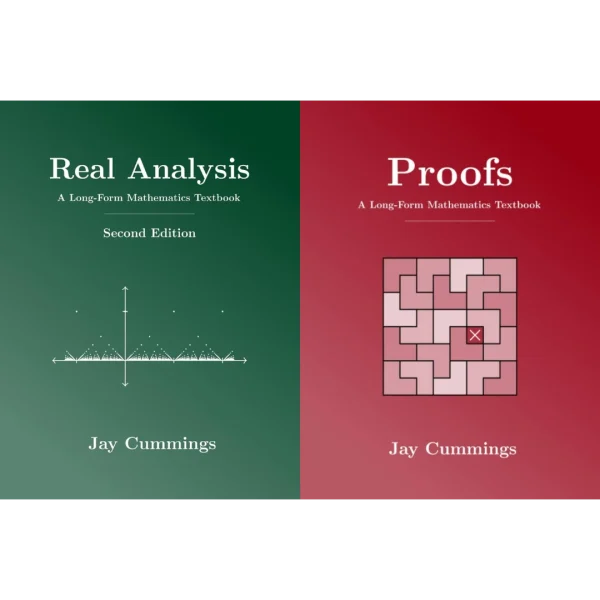
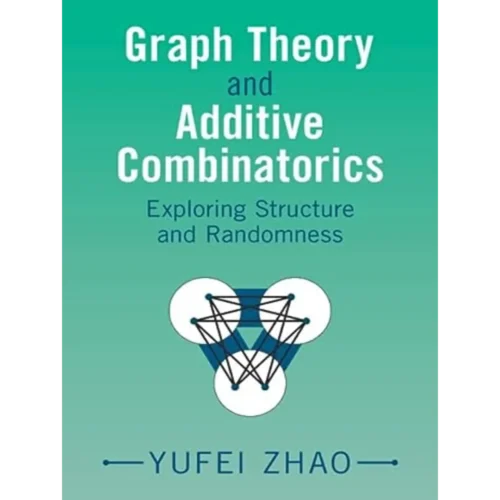
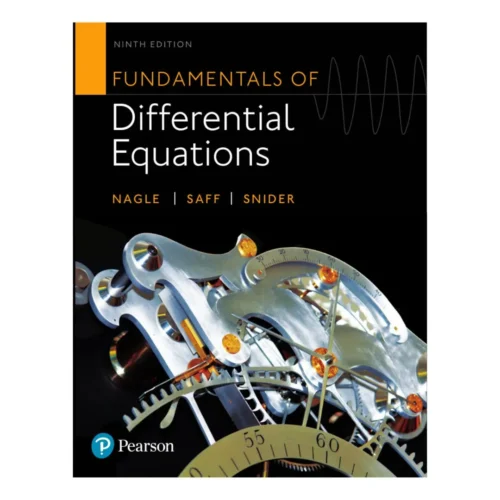
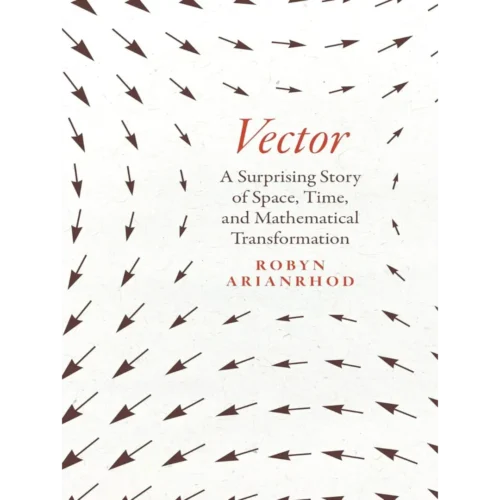
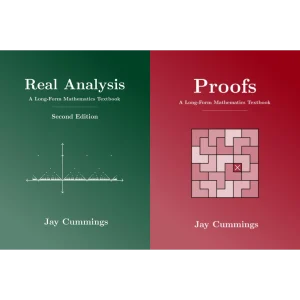
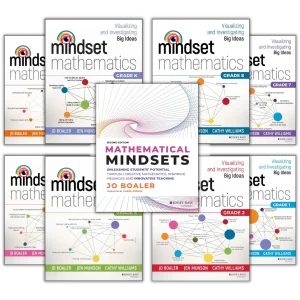
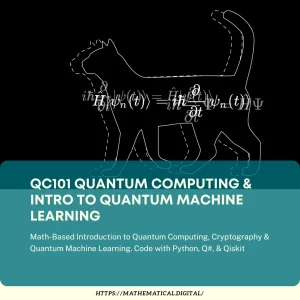
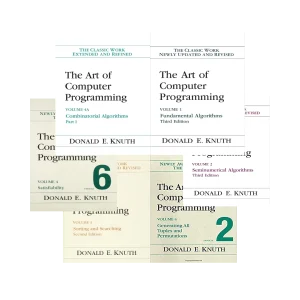
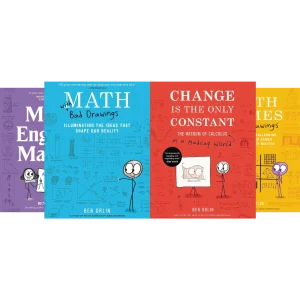
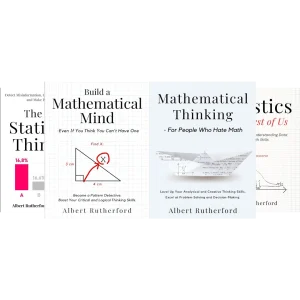
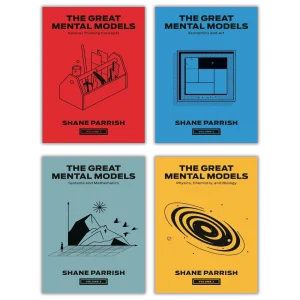
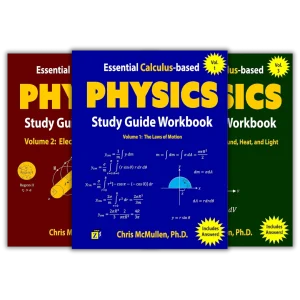
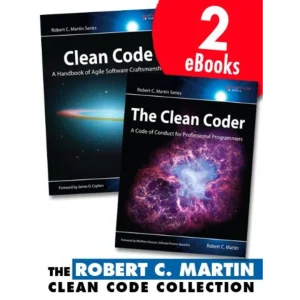
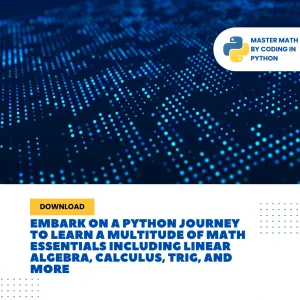
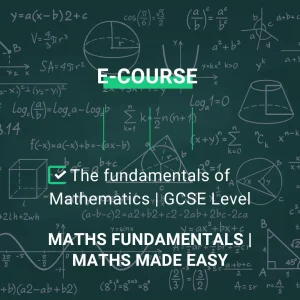
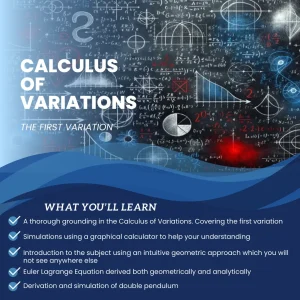
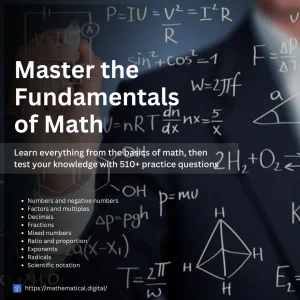
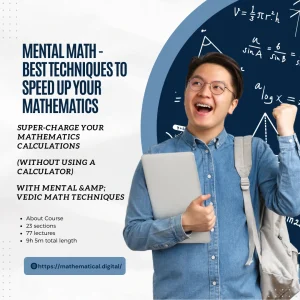

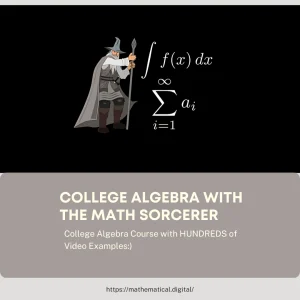
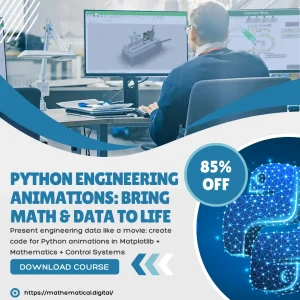
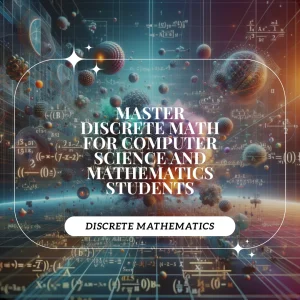
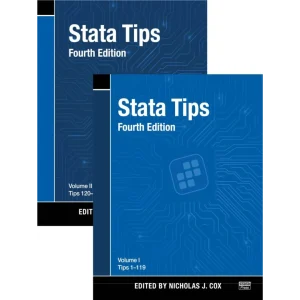
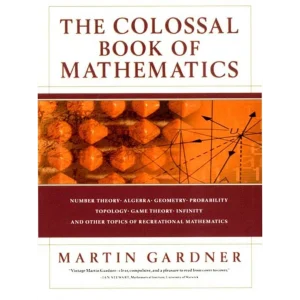
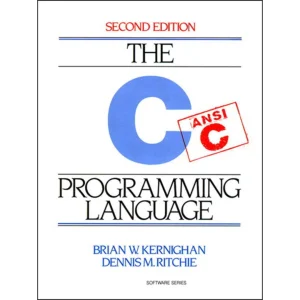
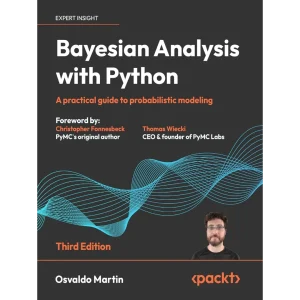
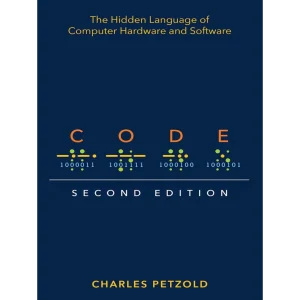
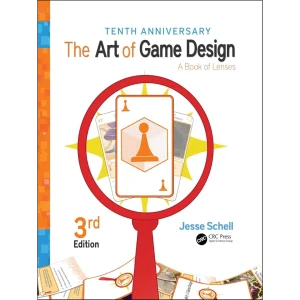
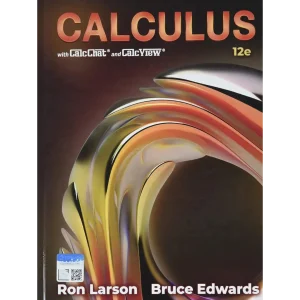
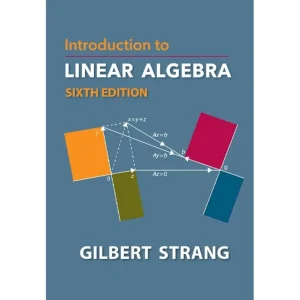
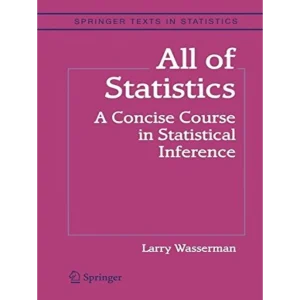
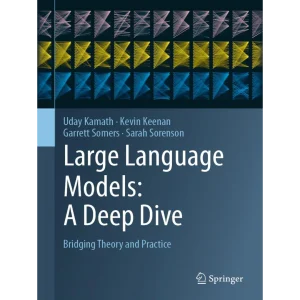
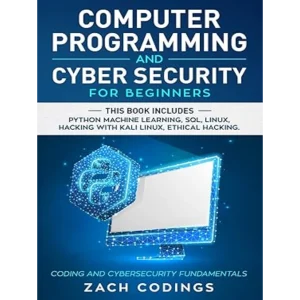
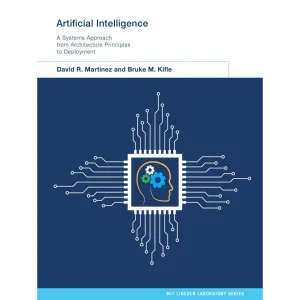
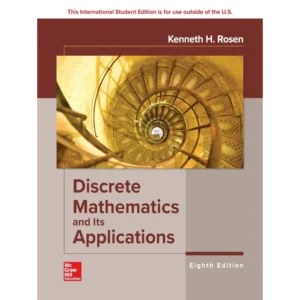
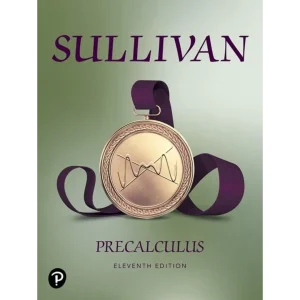
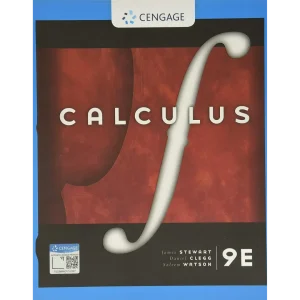
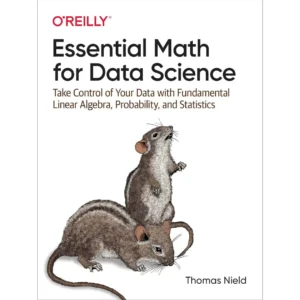
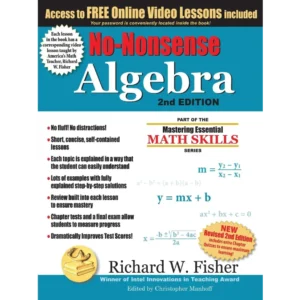
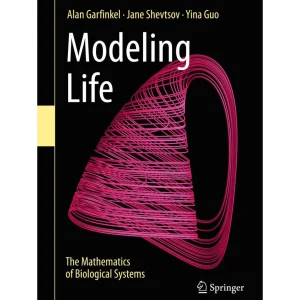

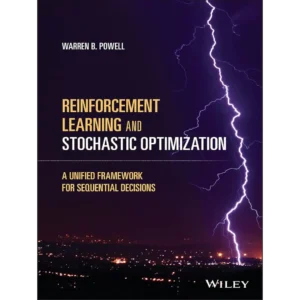
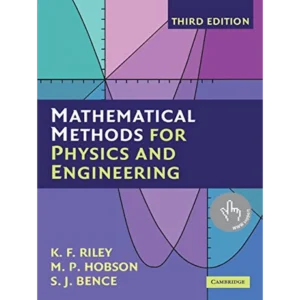
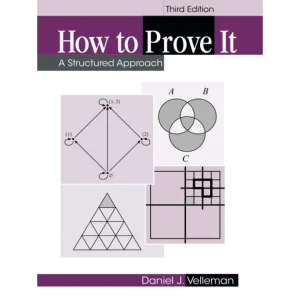
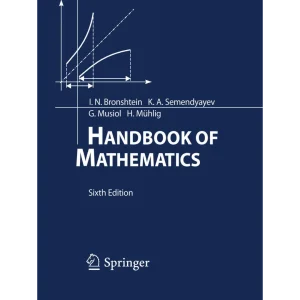
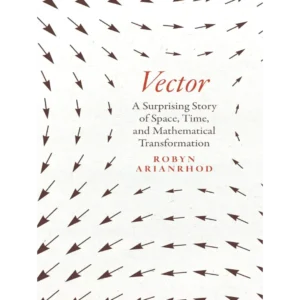
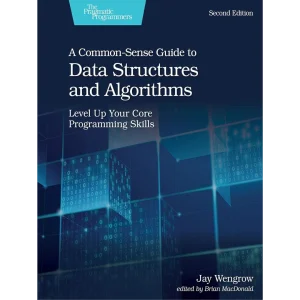
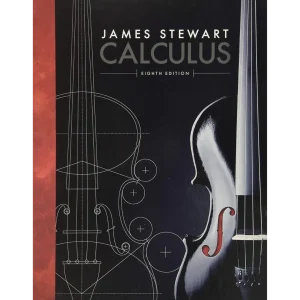
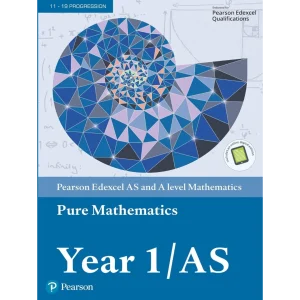
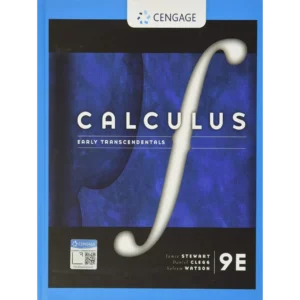
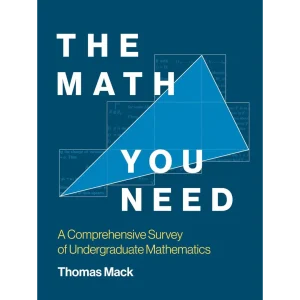
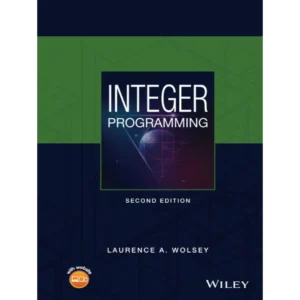
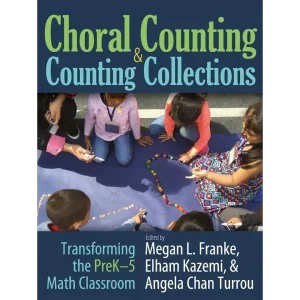
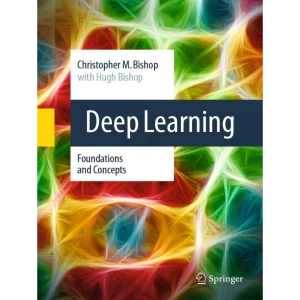
Allan Ackerman –
Topics like Linear Algebra, Real Analysis, and Number Theory are very tough to learn unless one has a teaching type textbook and is not taking a formal class. I have had trouble finding such books for both Linear Algebra and Real Analysis that do work. Regarding the latter I am only in the first chapter but already can see how things are much better explained to the novice than most other books on Analysis (most such books are very thin). A vital tip off for the above book were the number of pages. I knew he would do a better job of explaining the concepts and so far I have been right. I look forward to the remainder of the book.
Benjamin Sipes –
This book is simply the most well-written math textbook I’ve ever encountered. I loved math growing up, but college calculus classes made me feel like an idiot. This book has practically re-taught me math. It’s written at this golden level where the expectation is that you’ve already taken calculus, but that you didn’t get much out of it. And I’m like, wow, that’s what I needed!
Not only is the exposition 10/10, but Dr Cummings is also very funny. How awesome it is to have a math textbook that teaches you advanced topics while making you laugh?!
My next request for you, Jay, is to write a real analysis textbook for kids. The way you present these topics already feel like they could be the foundation of a child’s math education. Teaching math in this way makes me wish I had this textbook a long time ago.
Thank you!
Dimetrius –
I mean it’s still just another professor’s view about how Analysis ‘should’ be taught but I can definitely say that I like his descriptions about how to approach a different problems. He gives a nice amount of intuition in an approachable reading format. I definitely do like how he provides the Axioms for ZFC Set Theory ; I understand that they are important but I don’t see the pedagogical point of view to provide an overview of them in the text. How nice and pretty they are, I feel as though to have a discussion about them is more minutiae than actual substance pertaining to the core of the book, Analysis (granted they are featured towards the end). Overall , much better than a lot of analysis books I have come across.
li li –
Learned a lot, and was easy to understand
Rob Mitra –
This book is a gem. It is exceptionally clear — the “long form” nature of the book means the author can take his time to thoroughly motivate and explain ideas. Furthermore, the price means that even if you have other Analysis textbooks, you can buy this one to obtain another point of view on a topic. For example, I also have Abbott and Rudin, both of which I also like for different reasons. But, I must say, Long Form has become my “go to” book over those two. If you’ve read Abbott, then you know that is high praise indeed. Cummings’ exposition is clear, the examples are well-chosen, and I especially like he describes some open problems in the field. I hope the author continues his “long form” tradition and writes on many other topics.
Ornette Coltrane –
Disclaimer: I am myself a mathematician.
I use this book to teach my 13 year old “proper” mathematics. He does not like school maths and finds Khan academy boring. So I was looking for a book that teaches math, not calculation.
Chapter 1 worked really well and he enjoyed the problem solving aspect of it. Mainly, we were working on the propositions, but also on some of the exercises. Sometimes one problem took us several days, but I don’t mind how long it takes. We even found alternative solutions to some of the proofs presented in the book and, to my joy, it was his imagination that showed us the way.
Chapter 2 is much more difficult but we keep going. For the Bezout coefficients, I chose to do the algorithm of how to compute the coefficients. This is a different proof, but a great opportunity to learn about (recursive!) algorithms and about solving systems of two linear equations. Clearly, a concrete algorithmic approach is easier to understand for a 13 year old than a more abstract logic based one. But maybe the first can be used as a springboard for the second.
I am looking forward to see how far we can go. This book is roughly a first semester college course on discrete maths, so I don’t expect it to be suitable for that age group. If a reader has some other recommendations we could try, I’d be very interested. (I know about the Art of Problem Solving series.)
Michael –
I am a Y2 math undergrad and I really enjoyed this book. It provides clear explanations how to write a proof, i.e. the book gives you blue-prints how to approach and deal with proofs and what kind of types of proofs there are.
The writing style is conversational and often even entertaining. You also (re-)learn a lot about math methods, conventions and standards, some can appear rather basic – but no one might have ever told you before. The book also helped me to mentally organize many concepts I have learned previously, i.e. things I already knew but could not put into the appropriate context.
A few things to keep in mind:
– the author self-published the book – our benefit is the fair price (thanks Jay), the downside might be the rather poor paper quality (it’s okayish, I have seen worse paper – but any highlighter leaks rights through the pages). The book is printed in black-and-white, i.e. no colors – but this is perfectly fine.
– the book has lots of (good) exercises but no solutions. Some hints are published on the accompanying website, but proper solutions would greatly enhance the self-study experience and make this book and ever more valuable study tool.
Overall: if you are an undergrad STEM major: buy this book, you won’t regret it!
Paul R Andrews –
It’s a really good book which makes proofs accessible and fun. However, I think a way needs to be found to provide self-learners with solutions to the many exercises. Without access to these (or a teacher) a great deal of educational value is lost.
Tat –
When I first heard about this book, I was skeptical that it was going to be a different experience from other analysis textbooks, but boy was I wrong. While it is laid out like Abbott’s Understanding Analysis, it doesn’t have the same walls of text that math textbooks are infamous for. Complete with diagrams, written motivation, and examples galore, this has to be my favorite analysis textbook. As more of an algebra person, I’ve always struggled with analysis, but this book has laid it all out in an easy to understand approach. I’ve read it cover to cover in preparation for my preliminary exams, but I would highly recommend it to anyone who wants to learn analysis at the undergraduate or graduate level.
Jessie –
Book arrived within just a couple of days of ordering. A difficult subject and well explained. It’s a simplified approach and the author’s more conversational style is more user friendly than the standard theorem-proof-theorem-proof approach of the traditional authors who follow Euclid’s writing style, much as a classical pianist learns to play scales for practice and fingering techniques for more advanced keyboard work.
One point that might be noteworthy is that the classroom courses frequently pick a different consistent set of axioms than the textbook uses. The reason for this is to prevent copying of proofs by students from one semester to the next or from other textbook authors they may use for additional references. In many courses, you will be expected to figure this out on your own and you should understand that the textbooks used are for examples of how a proof should be written. But you will have to come up with your own proof at each step along the way. This is painful and tedious but a necessary step in becoming a real mathematician.
Also, one of the mistakes that students often make is to not base their subsequent proofs on what they have already proved. You only need cite the earlier proof(s) you are starting from and build on them wherever possible. Just use care in doing so and be sure you provide a reference to each previous proof you use. For exams, you may need to present the entire thing in gory detail depending on what your instructor expects.
Lastly, the attrition rate in a course of this sort is frightening. You cannot let it get to you if you expect to pass. The learning curve is usually very steep and you will often find you are humiliated and humbled as you struggle through the class, You are not alone in this feeling. Pick yourself up and dust yourself off when you fall on your face. Cry a little if you must and then get back in the game!
dottid –
Good, maybe, for an advanced undergrad but a bit more appropriate in a graduate course. More yet, it is great for a reference text.
Henrik –
goofy footnotes ngl, although its thorough and well worth the pricetag. bravo!
SJ –
I got this book for my son. He’s in 11th grade. He found the book to be very helpful. It was much simpler than the MIT Real Analysis Lectures on YouTube and his other book “Real and Complex Analysis” by Shilov. He said that it is a good book to get him started and it’s providing him with a solid foundation for the hard stuff. There were some dents in the pages and it looked like it had been mishandled but everything else is perfect. I usually expect to order something new and get it in new condition though.
D. A. Hughes –
I teach advanced math and statistics courses, and often need a book to bridge between the types of math that students have taken previously, to what we need for these courses that I am leading.
This textbook does as good a job — probably even better! — than I could do in a series of lectures. The prose is lucid, the examples are ACTUALLY interesting, and the notion of “showing his work” is revolutionary. Too frequently, our students think that people just “see” the results; and, too frequently, faculty show a practiced result as though they haven’t thought about it for an hour ahead of class or written that same proof 10 times before. This book removes that pretension, and makes it clear to students that math has drafts, revisions, and editions just like any other form of argument that they might make in the humanities or social sciences.
Farhan Niazi –
Ive been trying to self study real analysis. Here’s a list of some analysis books I’ve either read or skimmed through:
– Understanding Analysis by Abbott
– fundamentals of mathematical analysis Haggarty
– analysis with an introduction to proof by Lay
– introduction to real analysis by Silva
– introduction to analysis by Mattuck
– many, many more that i could get my hands on
This is the best one i could find. The author actually explains the motivation behind the proofs, and shows you how to *think* about them so you can derive the theorem and similar results on your own. This is in stark contrast to the presentation in many other books where a pretentious “polished” proof is shown with absolutely no hint as to *how* it was actually derived in the first place.
Not so with this book. The author shows how the derivation is actually done by a human and not a computer.
There are also plenty of illustrations in the book to provide an intuitive understanding of the proofs before giving the formal derivation.
Each chapter comes with an introductory section providing the motivation for the topics about to be studied, which gets you curious about what you’re about to learn. This is the first math book I’ve read that I actually want to *read* for its own sake, not just use as something to “study” from.
The only shortcoming is that there are no solutions to the exercises in the book, which often include crucial concepts (none that are needed for later chapters though; you can easily read the entire book and work on the examples without doing the exercises). The author does provide hints and partial solutions to some of the exercises on his website but i wish they were more comprehensive for those looking to self study.
I also wish there was a section on metric spaces but really, i cant complain. This is such a well written book; it deserves nothing less than 5 stars. I haven’t listed the many books i tried to work through to understand analysis, this one just clicked for me very quickly. I even prefer it over Abbott’s as a first book on mathematical analysis, and I’ll be buying his other book on proof writing as well 🙂
tyler –
This is by far one of the greatest textbooks I’ve read for advanced undergraduate work. The book is longer, but the proofs are so much easier to understand than most textbooks, the content itself is easy to read and made relatable while still maintaing the mathematical rigor of a first course in analysis, and the price is unbeatable. Buy this book!!!
Spike Lancer –
This is the most shockingly readable book I’ve ever found on a such a notoriously obtuse, dry, and difficult to communicate topic. The tone is conversational, the practical motivations behind the topics are discussed in interesting ways, often from a number of perspectives. I’m even more amazed at how affordable it is. I wish this series had existed when I was an undergrad.
Kevin Moreno –
Mucha gente hace que las matemáticas sean aburridas y una de las dificultades es no tener el contexto de donde vienen las cosas pero este libro aparte de ser muy amigable y divertido es como tener un profesor personal mientras lo lees
Bob –
I am a moron I don’t have a college degree I don’t have a high IQ and sometimes it takes me up to a hour just to read through and understand what the author is trying to explain in a certain proof. And yet this is one of the most enjoyable math books I have ever read. The author injects a lot of his own personality and it makes it a delight to read instead of it sounding like a professor is trying to explain hard concepts to you. It sounds like a friend is excitedly trying to tell you how he figured a puzzle out. I try to do every exercise it takes me days sometimes to think it out and even with hints. If an idiot like me can make his way through the books anyone can.
J.L. –
I’ve been through a graduate level real analysis course before my math degree, and afterwards became a software engineer and a cyber security consultant. It’s been 20 years since my graduate days, and this book is one of the very best books on the subject. A hidden gem… I do very much appreciate the authors efforts in keeping the cost down. I own a few copies of various real analysis books because I like to sample different pedagogical approaches on the subject. This book is the best (of my personal copies) from a teaching point of view, and has allowed me to quickly and solidly revisit the subject I haven’t really engaged since graduating.
Libro en perfecto estado –
Vino un poco dañado en la parte de atrás pero adelante y adentro está excelente, se que acá hablan inglés pero recomendadisimo este libro para los que quieren aprender otro idioma y hacerlo a lo grande con este libro que sinceramente va a elabar mi y tú conocimiento. Es un increíble libro y mi opinión es que además de grande tamaño, tiene grande aporte a tu vida. Excelente.
Abraham –
I purchased this book with the intention of preparing for a Real Analysis course I had planned to enroll in. While many of my acquaintances recommended “Book of Proof” by Richard Hammack, which is generously available for free, I found this particular book to be exceptional. It goes beyond merely presenting proofs; it teaches you how to approach the process of proving something. The author emphasizes the importance of “scratch work” in developing your proof-writing skills. Additionally, I appreciate the author’s inclusion of helpful tips and tricks at the end of each chapter, as well as thought-provoking open questions in the field. The book even provides a glimpse into more advanced topics related to each chapter. Moreover, the author’s use of witty and pun-filled footnotes-feetnote as the author would like to call it- adds an entertaining aspect to the reading experience. I absolutely love it!
Kevin –
As a student at one of the University of California schools taking Real Analysis, this book is perfect for both following along with the class and self-studying.I have been a mostly self-taught student, reading books prior to my classes, and found this book to be very engaging. It’s an enjoyable read, providing insightful quips to keep your interest piqued. Context is thoroughly provided before entering a topic – whether it be historical or math relevant. Footnotes contain interesting comments along with additional commentary on harder topics; sometimes even jokes. Honestly, most books fail to connect to the reader – like they’re some robot, but when I read this it’s as if I’m talking to Jay Cummings himself. It’s a human-to-human read.So far, Real Analysis tends to be hard because your intuition fails you at times. The book does its best to supplement the occasional topics that deceive your intuition. Most of the reviews seem to complain about not having enough examples, but in reality, there are plenty (along with ALOT of additional notes in footnotes!). There are also solutions posted to the exercises online (on the author’s site iirc). There have been times when I couldn’t understand something specific and had to seek other material on YouTube (and this is normal). Some topics click to others and some don’t. Ultimately, you’ll find yourself understanding 90% of the book alone. That’s just how Real Analysis is and there are some parts of math that will be harder to understand and require extra care.For example, when the book covers convergent sequences there is a great emphasis on understanding the definitions and even gives you multiple “comments”. Each comment provides a different perspective than the one before and ultimately gives you the best opportunity to learn. (I’ve attached an image of part of the convergent sequences).Something unique that the book does is it gives you a page of contents for every proposition, lemma, and definition given. Truly a convenience.Ultimately, this book rules. If you’re a like-minded student, this is perfect for you.Provides amazing intuition and historical context which helps you understand the purpose of the math you are learning. The book is also easily read and funny. I rarely write reviews but I couldn’t pass this book up. Good luck with Real Analysis.Also, if it means anything, The Math Sourcerer on Youtube reviewed this book and practically gave it a 10/10. So if my review doesn’t convince fellow students, check out his review. Way more in-depth than mine probably.
Kamron –
I read this book to prepare for my exams, it was very helpful
Gabriel Gamet –
This is the funniest and best math textbook I have ever studied. If you want to go into Real Analysis, look at the seeming paradoxes in math, and find elegant solutions to messy problems with infinities I highly recommend this book to you.
From a math text book I also wasn’t expecting to literally break out laughing, but the foot notes provided some of the funniest information I’ve ever read. All this to say that this isn’t a book you’ll put down because of dryness but instead needing time to contemplate the material.
Jay Cummings really made a terrific book, and has self published to keep the cost of the textbook affordable for the self studied. If you’d like to delve into self taught math, support your academic math, or just support a man trying to keep textbook prices from ballooning even more this is the book for you.
I’m very glad Jay Cummings made the effort to create this book so that text book prices wouldn’t be a barrier of entry for people trying to learn math.
Alex –
Not only does this textbook introduce proof-writing in a wonderfully clear and organized way, the text is also full of wildly amusing footnotes. I’ve laughed out loud MULTIPLE times while reading this text as a supplement to the very staid text assigned for my Intro to Abstract Mathematics class.This proofs book feels like my friend. Seriously. It’s weird. I love it so much. I truly, genuinely look forward to reading each section.If you are a math or CS major, buy this book. It will help mold your intuition. It will make math feel fuzzy and warm and exciting and delightful and fun. It will be a wonderful complement to the (probably) staid and formal textbook you have been assigned for your proofs book.THANK YOU, Professor Cummings!
Troy –
Used this book for self study. Very well written. Highly recommend.
Antonio –
Very well written and intuition-focused introduction to real analysis.
Rick Wedge –
Seems very well written, but I was disappointed that no solutions to exercises can be found in the book. I did find some internet solutions, but I like to see the authors solutions too
Adama F –
I got top grades in Real Analysis thanks to buying this book. This is a fantastic book that avoids the terseness of most real analysis books (which are hard to understand for undergrads).
Get it!
Carlos Abrill –
Incredible readability. Content 10/10.
Quality of the book itself 6/10
moeinas –
I have done calculus, LA, diff eq’s etc, but never proofs, so I wanted a good first book. Currently halfway, and I am not dissapointed. Would recommend to everyone who wants an enjoyable ride through the jungle of discrete mathematics.
Daniel McCormick –
Great product with great price… minor damage during shipping. Arrived as promised! Would buy from this seller again!
sgdev –
I bought the book to brush up on basics before moving on to other goals/books. This book have given me more than I expected. It is like having a witty and knowledgeable tutor built into the book guiding me through the material. The material itself is nicely organized with interesting puzzle-like examples appear at right intervals to make going through the book more pleasurable. The exercises are great. I already bought the author’s Real Analysis book and hope to get to it after working through every chapter in this book. I hope the author makes enough off this book and gets enough time, to write books on other topics – including calculus and linear analysis.
Kai –
This book does a great job of walking through the skills you need to learn to write real proofs. Starting with intuitive logic that anyone can understand and progressing through great examples and exercises to the rigorous level of proofs you need to be able to do higher level math.
This book also covers many discrete math topics and can be a great supplementary resource to a course on the topic.
Deep Patel –
I love the conversational style and the humourous approach taken by the author while teaching the material. Makes it a joy to read and think about the material. Really appreciate it! Definitely recommend this and the other book on “Intro to Proofs” for the content AND the price.
Deep Patel –
I love the conversational style and the humourous approach taken by the author while teaching the material. Makes it a joy to read and think about the material. Really appreciate it! Definitely recommend this and the other book on Real Analysis for the content AND the price.
Brandon Sanchez –
Amazing, the book and the size are stunning!!!
Brandon Sanchez –
Amazing book, the size was stunning. I love it.
Old Dog –
I bought this two years ago, and finally got around to reading it. It is a lot of fun! I need to look at the author’s book on analysis.
K. K. C. –
Jay effectively wields a sincere and conversational approach as he takes on the role of Sherpa to guide the reader on the arduous journey into the rigor and jargon-filled of formal mathematics. There are humorous footnotes, quirky diagrams/pictures, and insightful intuitions – all in an effort to acclimate the reader to a thinkspace where abstractions can crystallize into concepts more easily.
He isn’t shy about math being a tough and discouraging journey. The moment I knew I fell in love with this book is when I saw that Exercise 1.1 was to read Carol Dweck’s “The Secret to Raising Smart Kids” – an insightful article that dispels the myth of people self-sorting into “good at math” and “bad at math”. He constantly stresses that the ability to understand math is overwhelmingly a function of diligence, not some innate von Neumann-ian trait. He encourages confronting earnest failure/adversity and understanding that though frustration is discouraging, it is an indicator of progress and development. Jay is contagiously optimistic in guiding the reader through the journey and it cultivates more profound fulfillment when concepts finally “click”.
He has solutions to chosen (not all) exercises on his website – I can see why people are frustrated at this, because it can feel akin to having no ‘supervision’ to train your burgeoning ‘neural math model’, which can spark self-doubts as to whether you’re navigating a problem correctly or not. However, for some other people, it’s akin to pouring the alcohol down the drain for the alcoholic. I realize I an answer-aholic who often lets my frustration tempt me to look at the solutions to retro-verify whether my thinking was correct (and defeat the definition of an “exercise”), so I don’t mind the lack of solutions as much. This just means it forces me frustration threshold to be a lot higher before I neurotically google/search for solutions online (which is my own shortcoming!).
This is all to say that this book is an optimistic and humorous guide in approaching the fundamentals of formal math.
MathManiac –
I thoroughly enjoyed reading this book. Most books don’t dive right into doing proofs in the beginning, which is what this book does. You start with intuitive proofs in the first chapter and then do direct proofs in the second. This is a great book that I would recommend to anyone who loves math!
Mitchel J. Haas –
This text is unlike others in it’s field, due to the ‘long form’ of the text. Even complex topics are easier to understand thanks to Jay Cummings’ care in selection the right way to convey the idea of the topics in question. He not only teaches you how to do numerous kinds of proofs, but teaches you how to approach the problems, and how to think when coming up with solutions.
Very enjoyable read
Aaron Customer –
Done college water geology classes. Seen shows on this subject. Seen like it in class, very interesting and understandable parts. Gets deep and a skillful math approach’s in itself as tools.
Perla –
The back of the book came damaged, it looks like it was bent on some parts and some of the back pages look a bit bent. Aside from that the book is good and is readable. I need it for school so I will not be returning it I just hope it doesn’t start tearing apart because of this.
Brian Poi –
This is a great gentle introduction to real analysis. The range of topics neither deep nor detailed, but it’s an entertaining and easy-to-read overview of what analysis is all about. You won’t learn the differences between Darboux, Reimann-Stiltjes, and Lebesque integrals, but you will learn what is going on behind the scenes of the introductory calculus courses you took.
Oleg Bondarenko –
This book is a rigorous exposition of real analysis with humor embedded in it. You should know that this book has “A Long-Form” and its dimensions are quite large.
A –
Best introduction to proofs I’ve seen. It introduces many subjects one may want to pursue after.
Julian –
This book is for any math enthusiast, middle schooler, highschooler, undergraduate student who has even a tiny interest in what mathematics can be like outside of standard algebra and arithmetic.
Everything is presented in a conversational way, without loss of rigor when it comes to the proofs and the actual concepts that are presented.
Following every chapter there is a section on an area of mathematics that you may not have heard of before and it really helps open your minds eye as to what mathematics at a higher level can be.
Jack gallaway –
Really appreciate Jay Cummings publishing this himself. It is well written and even funny at times. Still, though, this book serves as an extremely informative text.
James –
This is the best written text book I have read (have a masters degree and have read in the vicinity of 100), and it isn’t close. The style of writing is like a lecture, not like the terse examples you might be used to, so it is particularly well suited to self study.